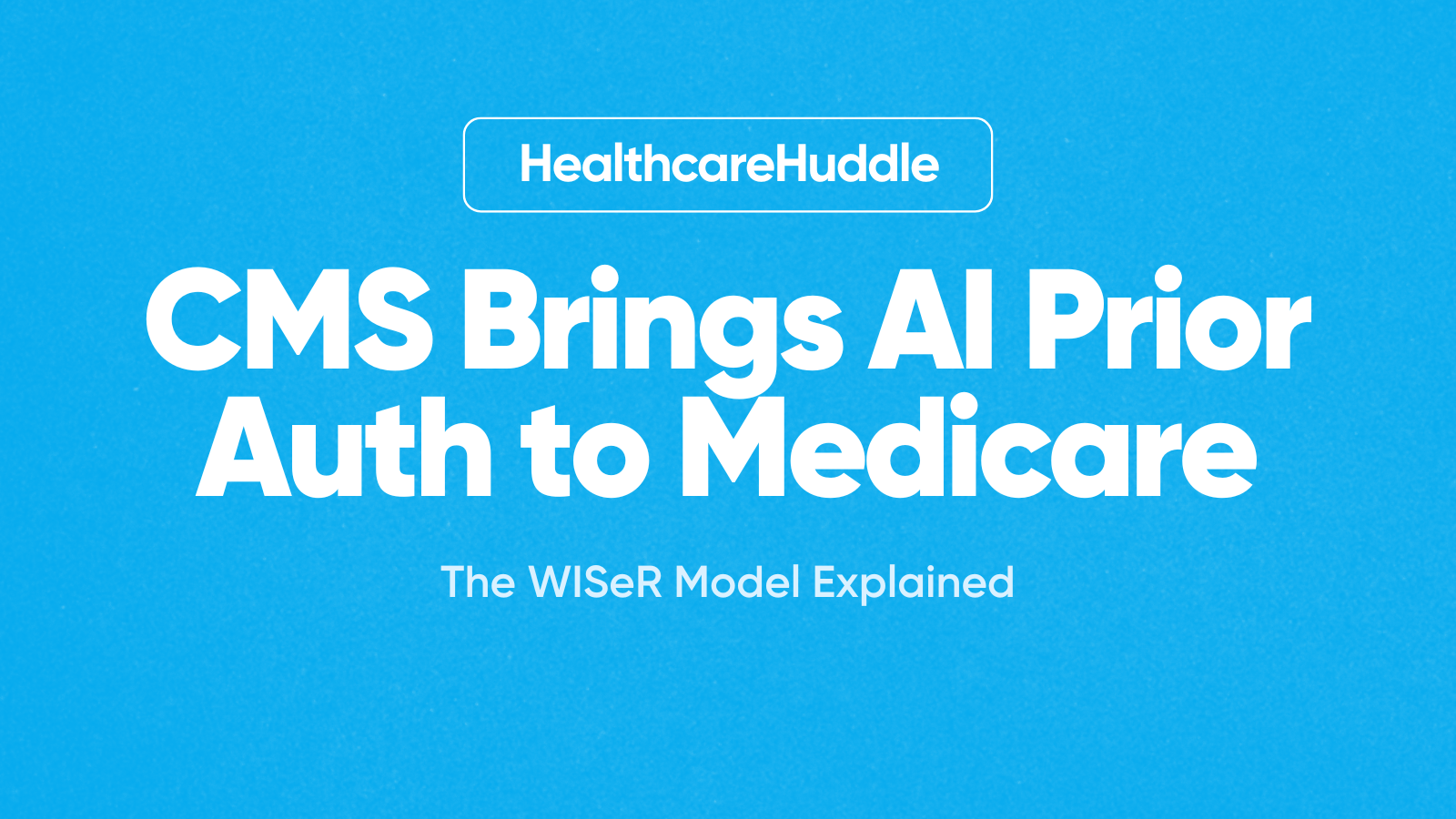2024 Healthcare Inefficiencies: Insights, Challenges, and Solutions
Over the past year, I published over 50 Inefficiency Insights, tackling some of the most pressing issues in healthcare. Each article aimed to uncover inefficiencies, analyze root causes, and propose actionable solutions. Here’s a look back at 2024’s highlights and the lessons learned.
The Problem: ED overcrowding remains a persistent issue, driven largely by boarding—patients stuck in the ED waiting for inpatient beds. This downstream bottleneck stems from delays in discharges to post-acute care facilities, many of which struggle with staffing shortages.
Why It Matters: Crowded EDs result in longer wait times, higher morbidity, and provider burnout.
Our Solution: Expanding primary care hours, optimizing inpatient bed management, and addressing staffing shortages in post-acute settings can help alleviate these challenges.
The Problem: Hospital discharges are fraught with inefficiencies, from premature discharge timelines (e.g., the “discharge by noon” policy) to inadequate patient education during transitions.
Why It Matters: Poorly planned discharges increase the risk of readmissions and compromise patient safety.
Our Solution: Introduce patient-friendly discharge summaries and personalized follow-up plans, leveraging AI to simplify complex medical jargon.
The Problem: Pharmacists are often underutilized in healthcare systems despite their potential to improve medication adherence and access.
Why It Matters: Expanding pharmacists’ prescribing authority could reduce treatment delays and improve outcomes, especially in underserved areas.
Our Solution: Advocate for regulatory changes to empower pharmacists, supported by robust training programs.
The Problem: Many patients remain in the dark about hospital costs, hindering their ability to make informed decisions.
Why It Matters: Lack of transparency drives up healthcare expenses and erodes trust in the system.
Our Solution: Mandate compliance with price transparency laws and implement user-friendly tools that allow patients to compare costs.
The Problem: Miscommunication during healthcare transitions often leads to incomplete or incorrect patient records.
Why It Matters: Information gaps can result in medical errors, duplicative testing, and suboptimal care.
Our Solution: Standardize communication protocols and adopt interoperable EHRs.
The Problem: Fixed appointment scheduling blocks assume uniformity in patient needs, resulting in overbooked or underutilized slots.
Why It Matters: These inefficiencies waste resources and frustrate both patients and providers.
Our Solution: Shift to dynamic scheduling models that adapt to patient complexity and provider capacity.
The Problem: Surrogate decision-makers often lack clarity on patients’ end-of-life wishes, leading to care misalignment.
Why It Matters: This not only causes emotional distress but also contributes to unnecessary interventions.
Our Solution: Promote early and consistent advance care planning discussions, ensuring surrogates are well-informed.
This year’s Insights reaffirmed that healthcare inefficiencies are deeply interconnected. Whether it’s the cascading impact of delayed discharges or the ripple effects of inaccurate information transfer, systemic improvements require collaboration and innovation.
As we look ahead to 2025, I remain committed to spotlighting inefficiencies and exploring solutions that prioritize patients, empower providers, and drive sustainable change.
What inefficiencies should we tackle next?
Keeping it simple,
Jared






